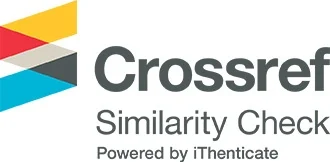Efficacy and safety of treatment of diabetic foot using intralesional infiltration of epidermal growth factor in Libyan patients
DOI:
https://doi.org/10.65137/lmj.v3i1.65Abstract
Previous studies have shown the effectiveness of intralesional infiltration of Epidermal Growth Factor in enhancing development of granulation tissue in high grades of diabetic foot. In our study the aim was to examine the clinical effects of the administration of Epidermal Growth Factor up to formation of > 75% of the area of the ulcer. 107 patients with neuropathic, ischemic or mixed diabetic foot ulcers or amputation residual ulcers. Patients were admitted to surgical department received standardized wound care. Average size of ulcer is 8 cm2, average number of infiltrations 4 (2;14). Adverse side effects were pain at site of infiltration, shivering, and chills. Our results showed that 80.3% of patients achieved 75% or more of functional granulation tissue in 2 weeks periods. Amputation was necessary in 1 case. Treatment of DFU with EGF is safe, effective and fast in formation of functional granulation tissue.









